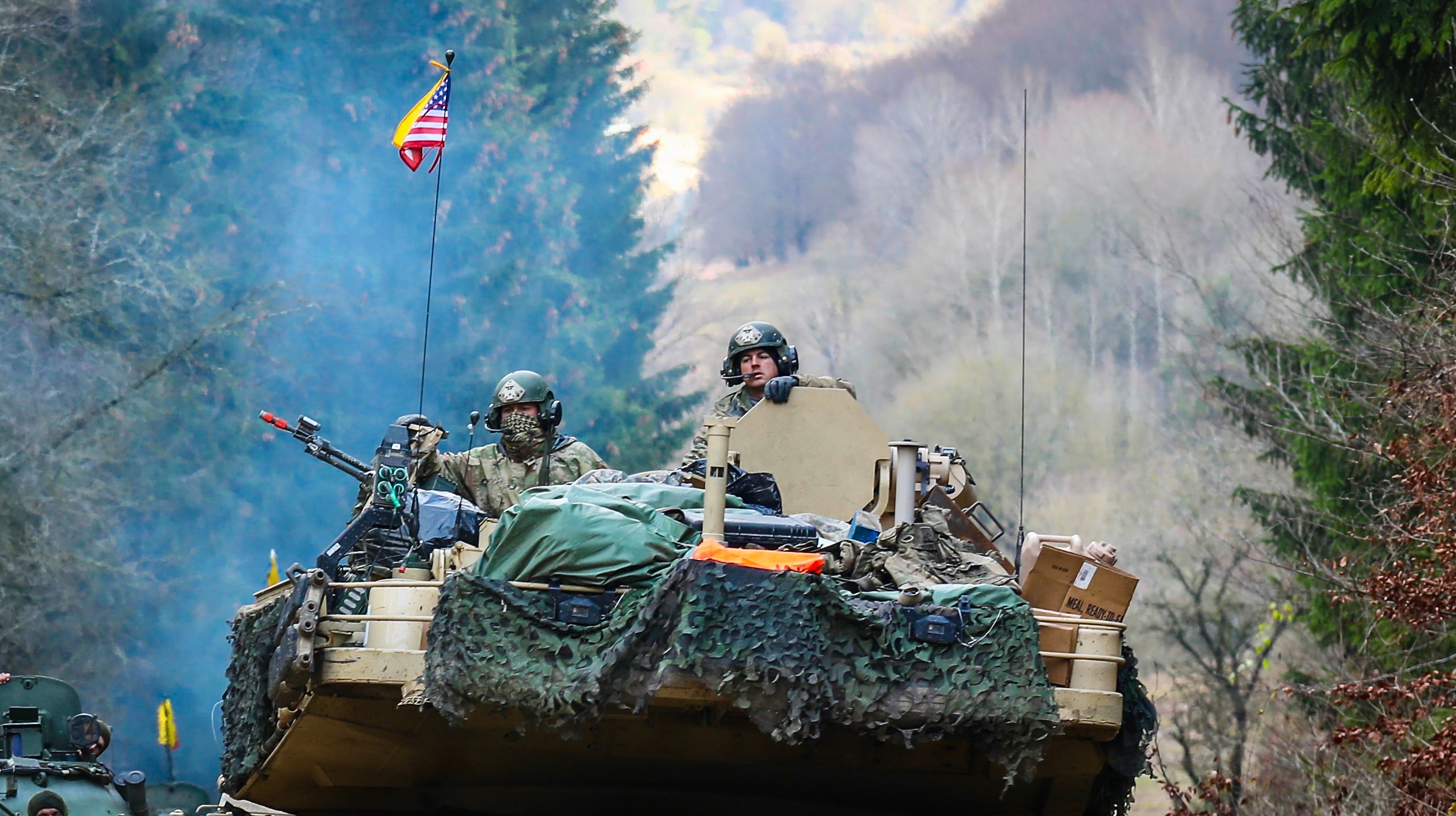WASHINGTON — Harder decisions will come in future budget requests following the fiscal 2021 ask expected to roll out Feb. 10, Army Secretary Ryan McCarthy said Jan. 15 at a Defense Writers Group event in Washington.
The service is facing flat budgets in the coming years, and without the ability to grow, the Army has scoured its entire budget looking for ways to afford ambitious modernization plans through a process it calls night court.
In the Army’s first night court, the chief, secretary, vice chief and undersecretary presided over decisions — big and small, easy and tough — for roughly 600 programs, shifting $33 billion from programs across the FY20 through FY24 five-year plan.
In FY20, the Army is investing $8.6 billion in modernization efforts and, across the next five years, investing a total of $57 billion, a 137 percent increase from the previous year’s five-year plan.
A couple of major programs — the CH-47 F-model Chinook Block II cargo helicopter and the Bradley Infantry Fighting Vehicle — took major hits in FY20 to fund modernization. But across the board, those shifted funds were small muscle movements across a large number of programs.
RELATED

The service repeated the process for the FY21 budget, which is complete. McCarthy said last year that the Army aimed to find another $10 billion across the five-year plan to apply to priority programs, but he didn’t say at Wednesday’s event whether the service achieved that goal.
The Army plans to conduct rounds of night court for the FY22 through FY26 plan after picking much of the low-hanging fruit from programs that will no longer meet the service’s future needs.
While McCarthy was careful not to detail the contents of the FY21 budget request yet to be released by the White House, he said the cuts and funding shifts “were refinements” to previous decisions “where you get to greater specificity.”
Following FY21, it’s likely the Army will make bigger cuts and decrements to current fleets and programs because it will have a better sense of how well some of its modernization programs are going, he added. Many of the modernization efforts will see demonstrators and prototypes built and evaluated over the next 18 months, McCarthy said.
“There were some hard choices, there were some cuts,” he said of the FY21 budget. But over the next 24 months, “harder choices are coming again,” he added.
The scale that balances the funding of legacy equipment against new development efforts will tip more toward procuring new equipment in future budgets, McCarthy explained.
“You’ve got to be successful in the form of demonstrations and prototypes before you would want to expand and start buying [low-rate initial production] LRIP tranches obviously,” he said. “The course on those decisions, you get more data, you get success, then you got hard choices when we start buying LRIP tranches. … Do you start scaling long-range fires before helicopters, before armored vehicles, and then, ultimately, as a tiered acquisition approach, so you select units that you outfit … instead of spreading it peanut butter-thin?”
Jen Judson is an award-winning journalist covering land warfare for Defense News. She has also worked for Politico and Inside Defense. She holds a Master of Science degree in journalism from Boston University and a Bachelor of Arts degree from Kenyon College.








